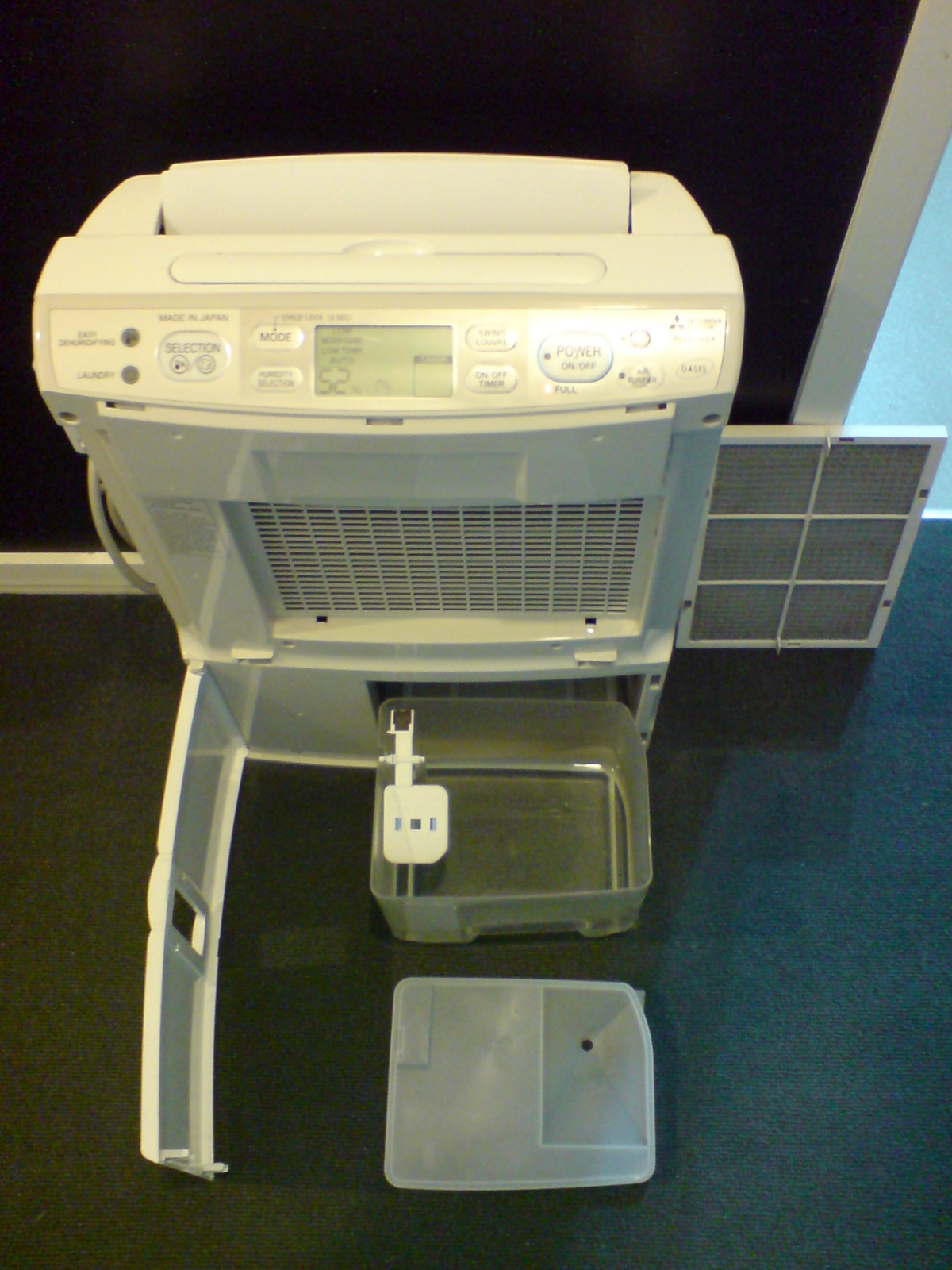Having an excess of moisture in your home or workplace can increase the risk of mold growth. Dehumidifiers are a great solution for making sure moisture prone areas in your home are kept dry and to reduce the potential of mold growth. There are many types of dehumidifiers, but keeping them in good working shape is generally pretty much the same process no matter what brand or type you have.
Tips for Maintaining your Dehumidifier:
- Setting the Humidistat: Be sure to set the humidistat to a relative humidity of 45-50%. This is the optimal setting for allowing your dehumidifier to remove extra humidity from the air. If you’re unsure if your dehumidifier is doing its job, you can check the humidity of your room using a hygrometer which you can find at most home improvement stores.
- Regularly Clean Water Container: Check the manual for how often it is recommended to clean out your water container. It is suggested to occasionally wash out the water container with soap and water in order to further prevent the growth of mold or mildew in the container.
- Regularly Clean Air Intake/Exhaust Grille: Just as the water container can get dirty, so can the air intake and exhaust grilles. Clear away any dust and debris in order to allow your dehumidifier to perform optimally. Depending on conditions such as dust, pet hair/dander, and other particulars of your home, you may need to clean the grilles more often.
- Proper Placement: Be sure to check your manual for specifications on where to place the dehumidifier in the room of choice. Due to the air intake and exhaust, there will be specific recommendations on how far away from walls it should be placed. It is always recommended to place your dehumidifier on level ground.
With these simple tasks, you can be more comfortable knowing your dehumidifier is working optimally to reduce humidity in your home. This is the key to low mold and bacterial growth in your home. Luckily, most modern dehumidifiers are designed for easy cleaning with built-in tools like brushes. Also, the mineral deposits and build up that can happen over time are easier to remove before they turn in to a thick crust that requires scraping.

